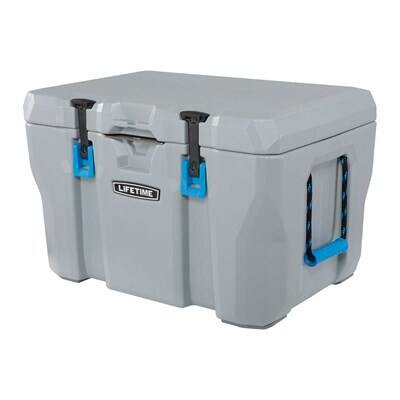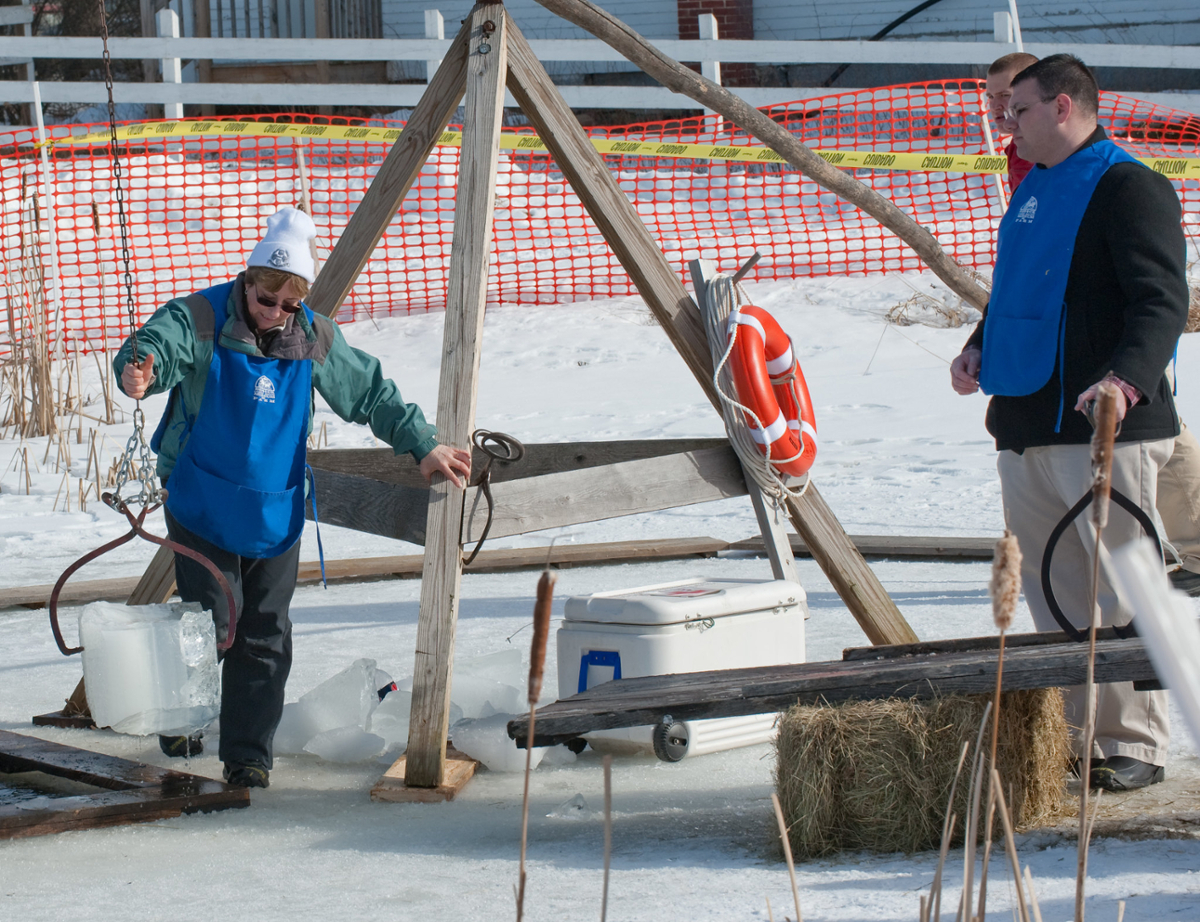Polishprince
Diamond Member
- Jun 8, 2016
- 45,776
- 35,386
Iceboxes don't require electricity, and will be immune to the increasing number of power outages ordinary Americans can expect with the further implementation of the New Green Deal.
Time to go to estate sales to look for these soon-to-come-back essential appliances. Maybe your grandmother still has one. Of course libs in the political elite and celebrity classes will still have a frigidaire.
Future green America will feature a lot of teams of horses (which also don't require electricity) hauling and peddling ice. This could be a good career for America's green future.
 www.mrappliance.ca
www.mrappliance.ca
Time to go to estate sales to look for these soon-to-come-back essential appliances. Maybe your grandmother still has one. Of course libs in the political elite and celebrity classes will still have a frigidaire.
Future green America will feature a lot of teams of horses (which also don't require electricity) hauling and peddling ice. This could be a good career for America's green future.
What Is an Icebox? A History Lesson
What is an icebox? Though you won’t see many in homes today, the icebox was once a common household appliance. Learn the history of the icebox, from Mr. Appliance.







